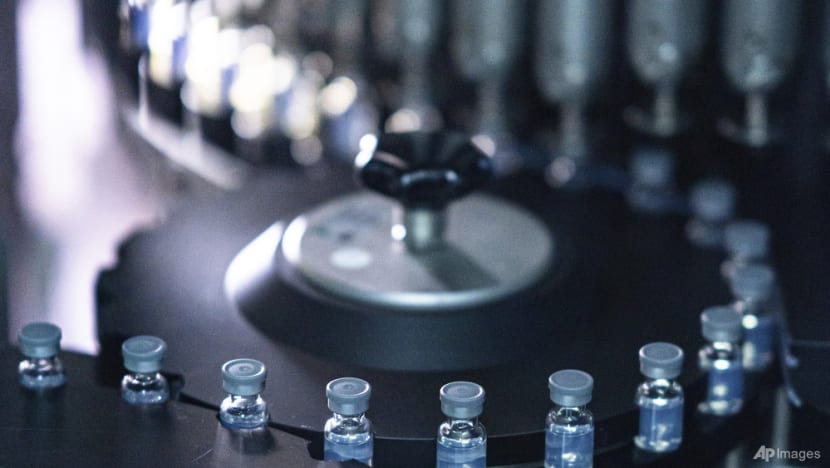SINGAPORE: While most are preoccupied with trade tensions and a fracturing world, a landmark moment in global cooperation has quietly happened.
After more than three years of negotiations, governments reached agreement on the text of a new, legally binding treaty designed to ensure the world is better prepared for future pandemics. Set to be formally adopted at the World Health Assembly in May, the agreement is a long-awaited commitment by the 194 member states of the World Health Organization (WHO).
The treaty aims to fix what went wrong during the COVID-19 pandemic. It lays out a vision where countries report outbreaks with more transparency, share data on new pathogens more swiftly, and ensure access to life-saving vaccines, diagnostics and treatments more equitably on the basis of needs, not means.
But as with many international agreements, the outcome will depend less on the words on paper and more on the will to carry them through.
A PUSH FOR EQUITY
For one, a new mechanism at the heart of the treaty has yet to be finalised.
Known as the Pathogen Access and Benefit-Sharing System (PABS), it seeks to correct a long-standing imbalance: Countries that produce vaccines, tests and treatments want others to share virus samples from an outbreak but many low- and middle-income countries which do so and enable vaccine breakthroughs find themselves last in line for the products.
Under PABS, the WHO would receive up to 20 per cent of such essential health technologies, with half donated and the other half offered at affordable prices – to ensure quicker and fairer access for everyone.
But the operational details of how PABS will actually work are being developed in a separate annex which is expected to take at least another one to two years to finalise. The treaty cannot take effect until 60 countries ratify it – and that process will only begin once this annex is complete.
Related:
Commentary: COVID-19 changed Singapore. Have we changed enough?

Commentary: Global mpox emergency – the world must show it learnt its lessons from COVID-19
The agreement also places emphasis on technology transfer and local manufacturing, so that countries can produce their own health tools during a crisis. A proposed Global Supply Chain and Logistics Network would better coordinate how vital health supplies – like masks, medicines and vaccines – are bought, stockpiled and delivered, so they can be dispatched where they are needed, faster and more fairly.
The hope is to avoid the shortages that happened during the early days of COVID-19, and to help regions like Africa and Southeast Asia which were sidelined in global supply chains.
THE HARD QUESTIONS OF IMPLEMENTATION
It is hard to disagree with the vision the pandemic treaty paints. Still, several complex challenges remain, one of the biggest of which is balancing public interest with commercial viability.
The pharmaceutical industry has voiced concern about preserving the incentive structures that drive research and innovation. Without a predictable, sustainable system that rewards risk-taking, companies argue, the next life-saving breakthrough may never come.
The treaty acknowledges these concerns and includes commitments for countries to build and sustain research and development (R&D) capacity and strengthen international cooperation. This marks an important step towards addressing both equity and innovation.









